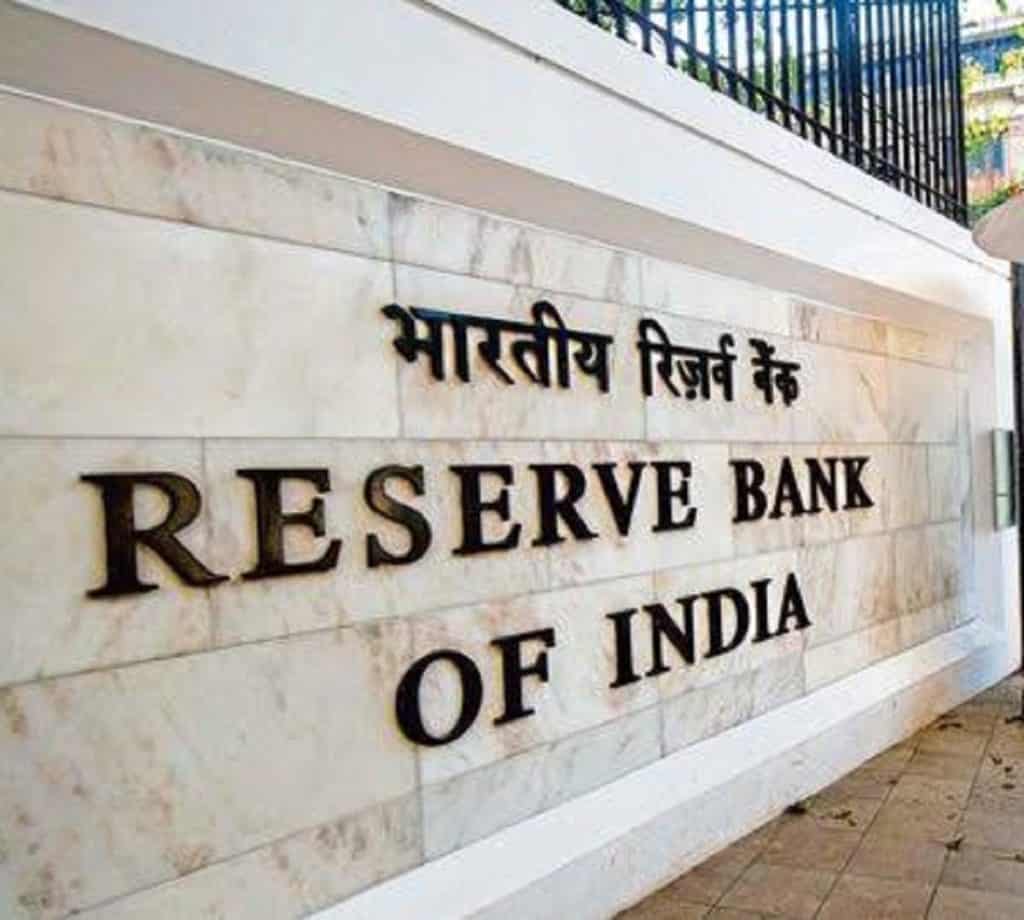REPO rate remain unchanged after wide speculations under RBI Monetary Policy. Experts showed disappointment in budget 2020 and they were not too content over the sixth bi-monthly Monetary Policy. They expected the interest rate cut to happen to control inflation. However RBI Governor, Shaktikanta Das, stated that there are other tools to boost growth than REPO rate cut. Economists have welcomed RBI’s announcements to stimulate economic growth with the Sixth Bi-monthly Monetary Policy.

Sixth Bi-Monthly Monetary Policy
The six-member monetary policy committee headed by Shaktikanta Das maintained the status quo for REPO lending rates at 5.15%. It has continued with the accommodative stance in monetary policy to revive the economy. The governor said that now that inflation has peaked, it is expected to go down in the future. Further, the committee raised a premium for bank deposits from 10 paise to 12 paise.
RBI also announced putting up a framework for Self Regulatory Organization for digital payment. This will ensure security and consumer protection. Also, for better monetary policy transmission, it has decided to conduct new one-year and three-year repos worth ₹1 lakh crore.
Growth Rate Projections after Monetary Policy
Also, it has projected consumer inflation to rise to 6.5% from 5.1% in the quarter ending at the march 2020. Besides, RBI’s decision of exempting CRR for the loan furnished to the stressed sector has supported Budget 2020 announcements. Also, RBI has increased the real GDP growth rate forecast from 5% to 6% for the fiscal year 2020-21. Further, the committee has decided to maintain the Bank rate and the Marginal Standing Facility (MSF) at 4.90%.
Expectations on Monetary Policy
Some experts believed that RBI will cut down rates by 25 basis points to 4.9% in October 2020. CARE Ratings chief economist Madan Sabnavis stated that RBI can reduce interest rates by 25-50 bps whereas others predicted that the RBI will hold on rates for a little longer. Experts opine that the unchanged repo rate and CRR exemption on incremental loans will keep the real estate sector stable. Besides, the decision would provide a stimulus to the banking sector.
Rahul Bajoria, senior India economist at Barclays Bank predicted inflation to rise above 7.5% citing the rising food costs. Also, there are expectations of growth rate rebounding to 6%-6.5% in the coming fiscal year due to rising business confidence in manufacturing. Besides, the government may increase its fiscal deficit to 3.8% for GDP through March and reduce to 3.5% next year. The interest rate remained on the projection of about 37 economists of Bloomberg.
In conclusion, the RBI’s monetary policy is in line to address the delicate phase of the economy.